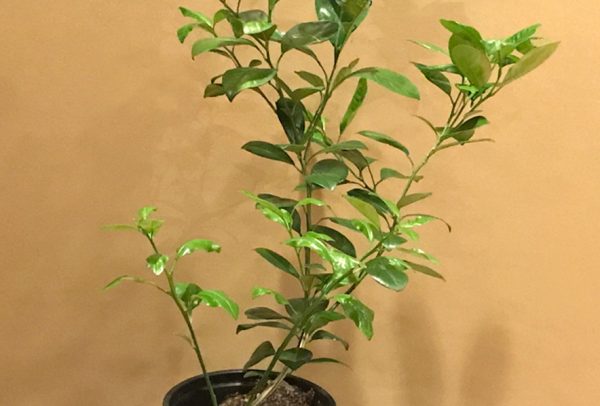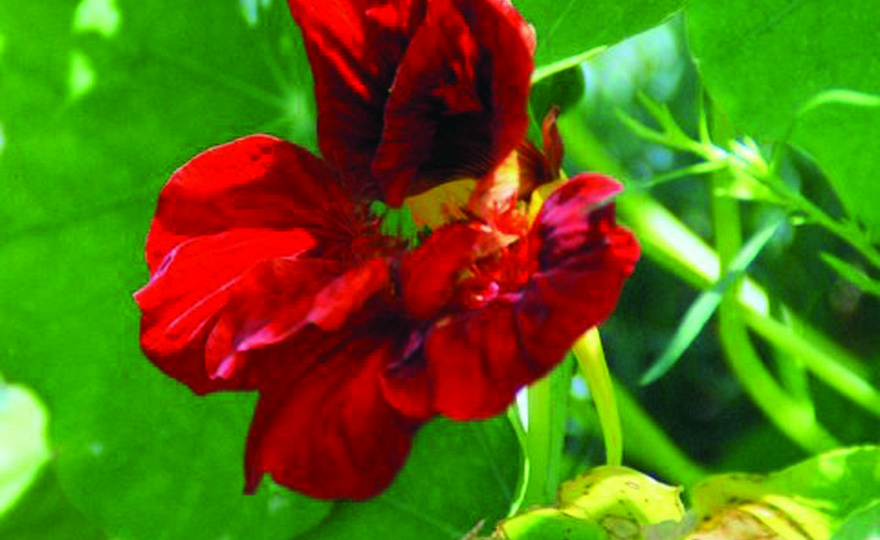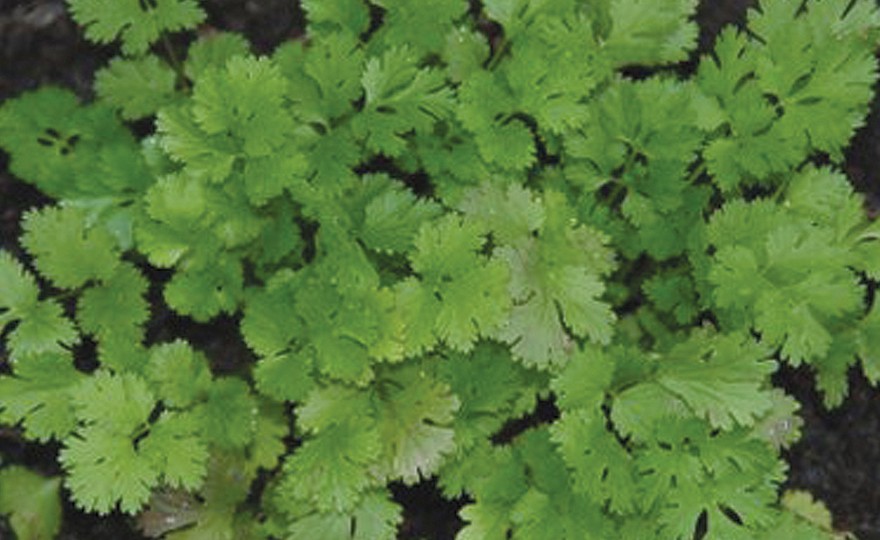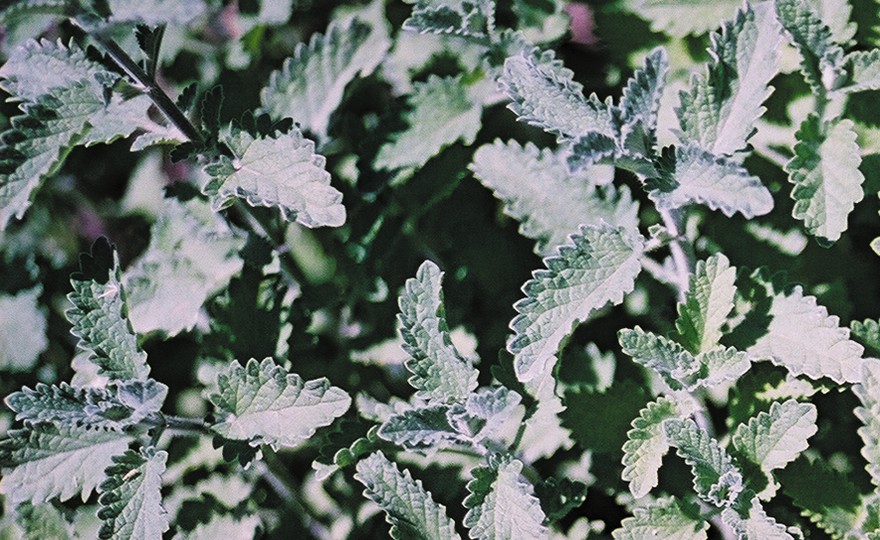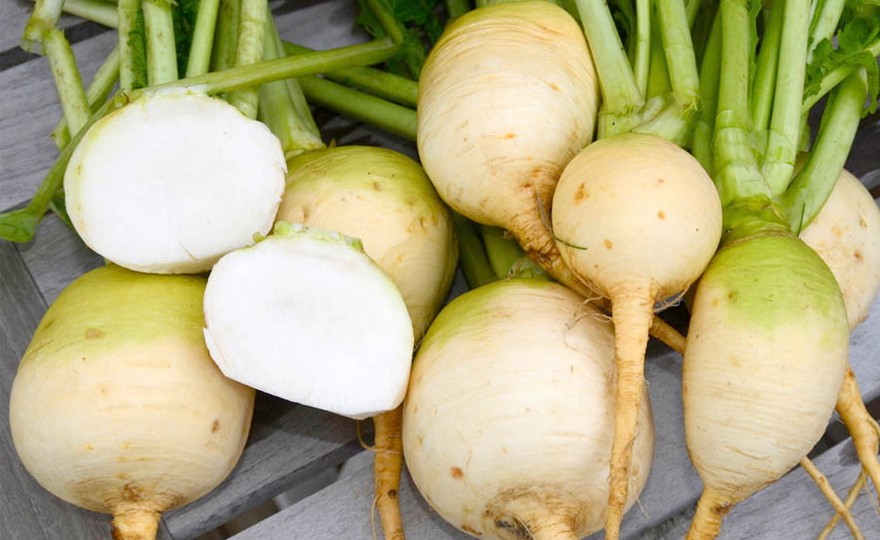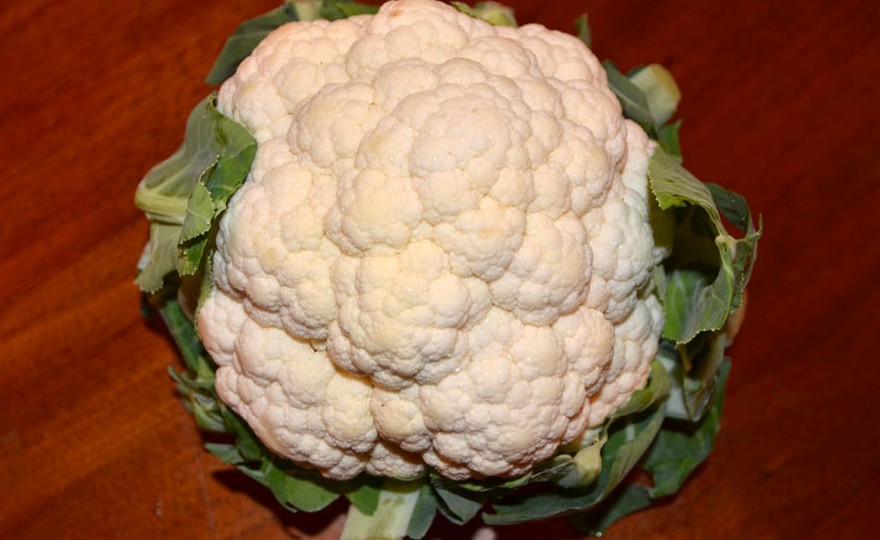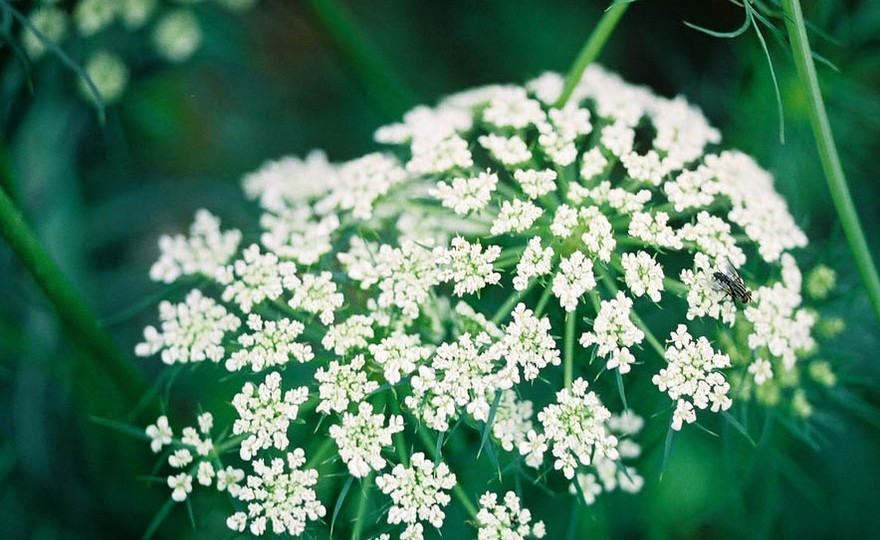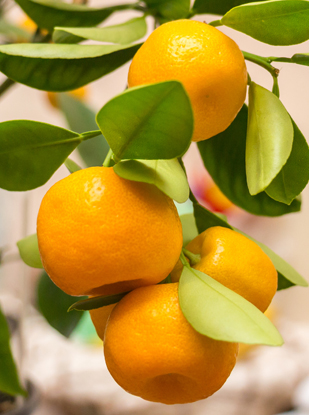
NOT AVAILABLE THIS YEAR – Citrus Tree, Calamondin – The Original Sour Orange (Shipping Included)
-
- **SOLD OUT** HOLIDAY GIFTS **SOLD OUT**
- **SOLD OUT** Holiday Books **SOLD OUT**
- **SOLD OUT** Holiday Citrus **SOLD OUT**
- **SOLD OUT** Holiday Gift Certificates **SOLD OUT**
- **SOLD OUT** Holiday Paperwhites **SOLD OUT**
- **SOLD OUT** Holiday Praying Mantis Kits **SOLD OUT**
- **SOLD OUT** Holiday Tools **SOLD OUT**
- **SOLD OUT** Holiday Wildflower Mixtures **SOLD OUT**
- Citrus Trees
- **SOLD OUT** - Vegetable and Herb Plants - Mix & Match any 6 Plants for $50 - Only Shipped in Quantities of 6
- Elephant Ear Plants & Roots
- **SOLD OUT** 4-Inch Pot Herb Plants **SOLD OUT**
- Rare Plants
- **SOLD OUT** Vining Plants **SOLD OUT**
- Asian Seeds
- Beneficial Bugs
- Books
- Citrus Fertilizers
- Cold-Treated Bulbs - SEE BULBS FOR FALL PLANTING TO ORDER
- Cold-Treated Allium
- Cold-Treated Chionodoxa
- Cold-Treated Crocus
- Cold-Treated Hyacinthoides
- Cold-Treated Hyacinthus Orientalis
- Cold-Treated Narcissus
- Cold-Treated Cyclamineus Narcissus
- Cold-Treated Double Heirloom Narcissus
- Cold-Treated Jonquilla Narcissus
- Cold-Treated Large Cupped Narcissus
- Cold-Treated Poeticus Narcissus
- Cold-Treated Small Cupped Narcissus
- Cold-Treated Species Miniature Narcissus
- Cold-Treated Split Cupped Narcissus
- Cold-Treated Tazetta Narcissus
- Cold-Treated Triandus Narcissus
- Cold-Treated Trumpet Daffodils
- Cold-Treated Ornithogalum
- Cold-Treated Rock Garden Iris
- Cold-Treated Scilla
- Cold-Treated Tulips
- Cold-Treated Emperor Tulips
- Cold-Treated Fringed Tulips
- Cold-Treated Green or Viridiflora Tulips
- Cold-Treated Lily Flowering Tulips
- Cold-Treated Parrot Tulips
- Cold-Treated Peony Flowering Tulips
- Cold-Treated Single Early Tulips
- Cold-Treated Single Late Tulips
- Cold-Treated Species Tulips
- Cold-Treated Triumph Tulips
- Flower Bulbs, Corms and Tubers
- Bulbs for Spring Planting
- Bulbs for Fall Planting - ALL BULBS AVAILABLE ARE COLD TREATED FOR PLANTING AS SOON AS SOIL CAN BE WORKED
- Fall Blooming Bulbs
- Garden Tools & Equipment
- Gift Certificates
- HHH Exclusive Wildflower Mixtures
- Wildflower Mixtures
- Heirloom Garlic
- Potatoes
- Roots & Sets
- Seeds
- Flowers
- Herbs
- Vegetables
- **SOLD OUT** HOLIDAY GIFTS **SOLD OUT**
-
- No products to compare
-
Sold Out
Quick Overview
CITRUS TREE, The Calamondin-The Original Sour Orange
FULL SUN The Calamondin Orange came to Florida via Panama around 1900 and was known as the Panama Orange. The plant is believed to have originated in China where it was a fortuitous cross pollination between a Kumquat and a Mandarin Orange.
The plants rapidly made their way to Indonesia, India, the Philippines, Malaysia and other parts of Asia. Today it is the most important citrus juice source in the Philippines.
The fruit is naturally very sour and used in a wide range of Asian cuisine including condiments, beverages, main dishes, marinades and preserves.
When you receive your tree from Harvesting History, remove it from the box immediately. DO NOT WATER IT. We will water the plant before we ship it. The plant may have lost some leaves because of shipping. That is OK. As soon as possible, transplant the tree into a 10-12 inch container.
SEE PLANTING INSTRUCTIONS AND HISTORY BELOW.

Citrus Tree, Calamondin - The Original Sour Orange - Planting Instructions and History
Harvesting History thanks you for the purchase of your citrus tree. Citrus trees do require ongoing care, but with careful attention your citrus tree will be one of the most rewarding plants that you ever grow.
When you receive your tree from Harvesting History, remove it from the box immediately. DO NOT WATER IT. We will water the plant before we ship it. The plant may have lost some leaves because of shipping. That is OK. As soon as possible, transplant the tree into a 10-12 inch container. Use the soil mix described in our YouTube video at the following link:
The Best Soil Mix for Containers
Citrus have been a part of human culture for thousands of years. The earliest written references regarding citrus discuss oranges and are dated at 2200 BC. There are ancient clues from wall paintings in the Egyptian temple at Karnak that citrus trees had been growing there. There were other suggestions that citrus trees may have been familiar to the Jews during their exile and slavery by the Babylonians in the 6th century BC.
Citrus in Europe and the Middle East were thought to have been naturally occurring native trees and shrubs, but historians today believe that the ancestor of the citrus trees, Citrus medica L., was introduced by Alexander the Great. The citrus he introduced was from India and he brought it to Greece, Turkey, and North Africa in the late 4th century BC. The first written discussion of citrus, Citrus medica L., in European history was done by Theophrastus, in 350 BC, following the introduction of the fruit by Alexander the Great. In early European history, writers wrote about Persian citrus, that it had a wonderful fragrance and was thought to be a remedy for poisoning, a breath sweetener, and a repellant to moths.
Throughout the ages, the fruit of citrus trees has been a symbol of eternal love, happiness, and even holiness. The Japanese believed citrus blossoms represented chastity, while the Saracens believed it was a symbol of fruitfulness. Kings and queens built entire indoor gardens around citrus; Arab women used its essence to color gray hair, and Nostradamus wrote about how to use its blossoms and fruit to make cosmetics. Hercules so valued it, he stole the golden fruit from Hesperides, who protected it as the primary food of the ancient Roman and Greek gods.
The citron was the first citrus fruit to attract the attention of Europeans, who were seeking trade routes to the Far East and its fabulous wealth. The citron became established in Europe about 310 B.C., and was followed thereafter by the sour orange, the lemon, the sweet orange and, eventually, the pummelo, the earliest version of the grapefruit.
It is not known how, where, or when the exceptional present day varieties of citrus trees developed, such as the sweet orange, lemon, kumquat, lime, grapefruit, or pummelo, but there appears to be a general consensus of opinions that all these citrus developments and improvements were obtained by natural and artificial selection and natural evolution.
It is well known, that the Romans were familiar with the sour orange, Citrus aurantium L. and the lemon tree, Citrus limon. After the fall of Rome to the barbarian invasions and the Muslims, the Arab states rapidly spread the naturally improving cultivars of citrus fruits and trees throughout much of North Africa, Spain, and Syria. The spread of sour orange, Citrus aurantium L., and the lemon, Citrus limon, extended the growing and planting of these trees on a worldwide scale by planting the seed, which produced citrus trees very similar to the parent trees. The Crusades conquest of the Arabs later spread citrus planting and growing throughout Europe.
The sweet orange, Citrus sinensis, appeared late in the 1400’s, near the time of Christopher Columbus. After trade routes were closed when the Turks defeated the Eastern Roman Empire in 1453, centered in Constantinople (Istanbul), many European kings began to seek alternate, trade, sea routes to open trade by ships with China and India. The sweet orange tree introduction into Europe changed the dynamics of citrus fruit importance in the world. The voyage of Portuguese explorer, Vasco de Gamma, recorded that in 1498, there were multitudes of orange trees in India, and all the fruits had a sweet taste. The new sweet orange variety, known as the “Portugal orange” caused a dramatic surge in citrus planting.
The lime, Citrus latifolia, was first mentioned in European history by Sir Thomas Herbert in his book, Travels, who recorded that he found growing “oranges, lemons, and limes” off the island of Mozambique in the mid 1600’s. Lime trees today are available in many cultivars.
The Mandarin orange, Citrus reticulata, was described in Chinese history in the late 1100’s, but was unknown in Europe, until it was brought from a Mandarin province in China to England in 1805, where it spread rapidly throughout Europe.
The pummelo, Citrus grandis, also called the shaddock and the ‘Adam’s Apple’ was growing in Palestine in the early 1200’s and was planted and grown by the Arabs. The pummelo is believed to have an Asian origin and was planted as seed in the New World.
The grapefruit, Citrus paradisi, is believed to have arisen as a mutation from the pummelo tree. Grapefruit were so named because they grew in clusters like grapes, but most gardeners considered them to be inedible until A.L. Duncan found an outstanding seedling grapefruit that was named Duncan grapefruit in 1892; the original tree is still alive and growing in Florida.
Christopher Columbus introduced citrus on the island of Haiti in 1493. It is believed that he brought citrus seed to be planted and grown of the sour orange, the sweet orange, citron, lemon, lime, and pummelo fruits. By 1565 records show that these citrus trees were well established in the coastal southeastern US at Saint Augustine, Florida, and in coastal South Carolina.
The early Spanish explorers, probably Ponce de Leon, planted the first orange trees around St. Augustine, Florida, sometime between 1513 and 1565. Grapefruit was a relative latecomer, arriving in Florida in 1806 courtesy of the French Count, Odet Philippe, who planted the first grove of grapefruit near Tampa, Florida, in 1823.
By the late 18th century, citrus trees could be found growing wild throughout many of Florida’s forests, and cultivated orange groves could be found along the St. John’s River and around Tampa. Florida’s unique sandy soil and subtropical climate were ideal for growing the seeds that early settlers planted.
Many of the wild orange groves were seen by the early American explorer, William Bartram, according to his book, Travels, in 1773, while traveling down the Saint John’s River in Florida. Bartram mistakenly thought these orange trees were native to Florida; however, they were established centuries earlier by the Spanish explorers. Bartram reported that Henry Laurens from Charleston, South Carolina, who served as a President of the Continental Congress, introduced “olives, limes, ginger, everbearing strawberry, red raspberry, and blue grapes” into the United States colonies after the year 1755. Bartram also reported that near Savannah, Georgia, “it is interesting to note that as late as 1790, oranges were cultivated in some quantity along the coast, and in that year some 3000 gallons of orange juice were exported.”
It took nearly 400 years from the time citrus was first introduced to Florida until enough was grown in the state to turn it into a profitable business venture. Soon after the Civil War, Florida’s annual commercial citrus production totaled one million boxes; it climbed to more than five million boxes by 1893. With the development of improved means of transportation, new markets were opened in the northeastern United States and demand for the refreshing, healthy benefits of Florida citrus started to expand slowly.
Today, citrus is marketed throughout the world as a beneficial health fruit that contains Vitamin C and numerous other vitamins and minerals.

